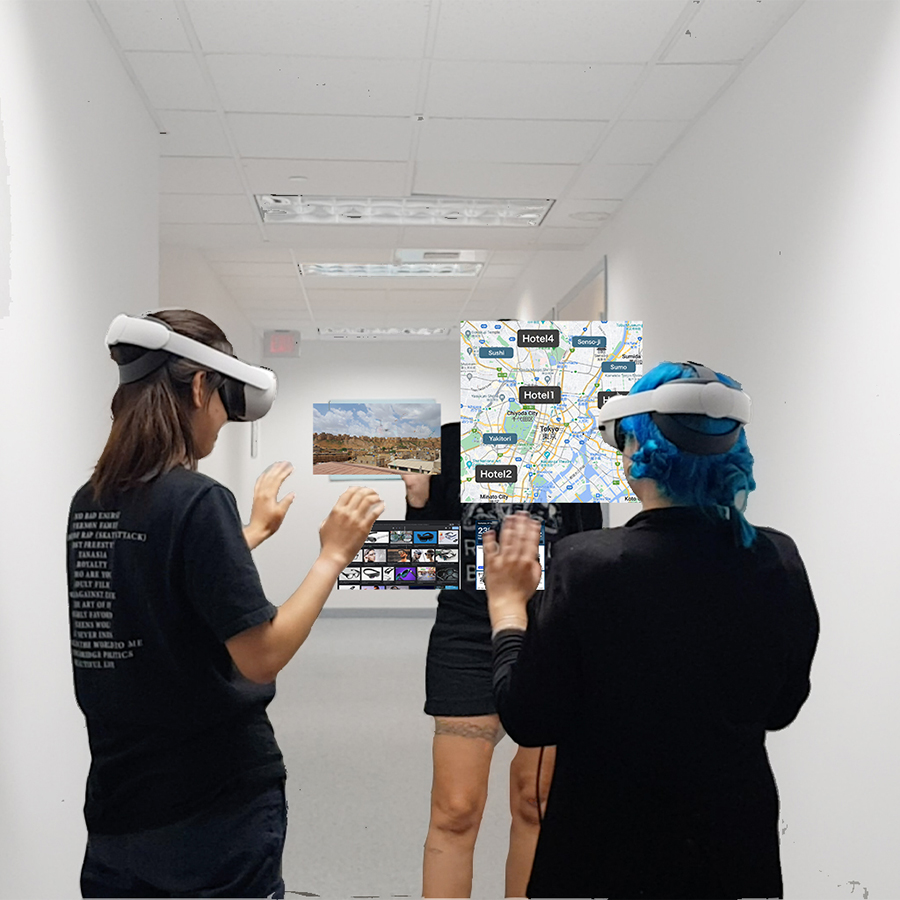Carnegie Mellon University (CMU) already boasts centers devoted to robotics and gaming. Now, it has opted to add extended reality technologies to those ranks.
To explore the technology’s ability to positively impact areas such as health care, education and entertainment, CMU launched the Extended Reality Technology Center as a haven for researchers, industry experts and consumers alike. According to the announcement, the Extended Reality Technology Center, or XRTC, will offer a curriculum that nurtures the extended reality field’s future generations while preparing consumers to participate in developing extended reality tools.
Although the technology itself remains in its infancy, Fernando De La Torre, an XRTC co-director and an associate research professor in the Robotics Institute, said that extended reality technology’s role in our future means that now is the time to begin familiarizing the public with its capabilities.
“XR technologies will allow us to mix the digital world and the real world in ways that will improve how we work, play, learn, connect, and care for ourselves and others,” De La Torre said in the announcement. “This is happening now. The technology is not yet mature, but the breakthrough is going to happen in the next five to 10 years, and CMU will be there when it happens.”
Researchers from the College of Engineering, Heinz College of Information Systems and Public Policy, and the College of Fine Arts will be among those contributing research to the center. The center will operate out of the Robotics Innovation Center at Hazelwood Green.
This center comes on the heels of the university hosting its first-ever XRTC Symposium on Nov. 9, where researchers in the field showcased technologies and led a discussion about what the future of extended reality technologies could look like. Moving forward, the announcement said, the plan is for this event to recur annually. Ultimately, the goal is to create an environment where the kinds of extended reality technologies that already exist can be seen — and their capabilities for the future tested.
“CMU has dozens of faculty and hundreds of students pushing boundaries in all the areas needed for extended reality technologies to be successful,” Human-Computer Interaction Institute Assistant Professor David Lindlbauer said. “It’s unlikely another university in the United States or in the world has this many people working on this technology. We have the expertise. We just needed to bring this expertise together, and the XRTC does that.”
Atiya Irvin-Mitchell is a 2022-2024 corps member for Report for America, an initiative of The Groundtruth Project that pairs young journalists with local newsrooms. This position is supported by the Heinz Endowments.Before you go...
Please consider supporting Technical.ly to keep our independent journalism strong. Unlike most business-focused media outlets, we don’t have a paywall. Instead, we count on your personal and organizational support.
Join our growing Slack community
Join 5,000 tech professionals and entrepreneurs in our community Slack today!






